scroll for more! ⟶
Cinchy Blog / Ngaben Ceremony in Bali: What Travelers Should Know
Ngaben Ceremony in Bali: Funeral Ceremony that Bali's Travelers Should Know
Published: 28 Aug 2025
By Syahrial Maulana Sudarto
Travel Enthusiast
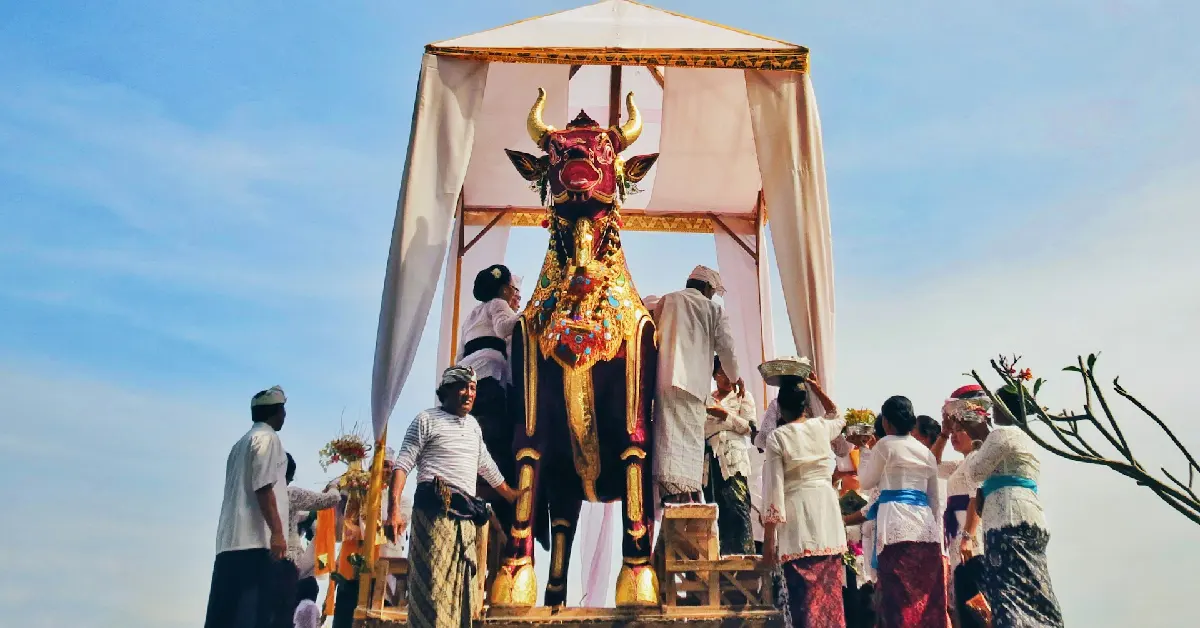
Book Your Ride in Just 1 Minute!
Free Cancellation
24/7 Support
Insurance
Start Date - End Date
Start Time
-- : -- --
End Time
-- : -- --
Duration
0 Day(s)
Bali is more than just stunning beaches and vibrant nightlife. Beyond the surf and sun, the island of the gods offers a deep, spiritual experience rooted in its unique Hindu-Balinese traditions.
One of the most profound and fascinating traditions you might encounter is the Ngaben ceremony in Bali, a cremation ritual unlike any other. For travelers looking to understand the island's true soul, witnessing a Ngaben is a powerful and unforgettable experience.
But what exactly is this elaborate event? And how can you respectfully observe it? Here's what you need to know about the Balinese funeral ceremony.
What is the Ngaben Ceremony?
At its core, Ngaben is a Hindu-Balinese cremation ritual, also known as Pitra Yadnya or Pelebon.
It is a crucial rite of passage designed to release the soul (atma) from its earthly body, allowing it to begin its journey to the next realm.
The ceremony's ultimate goal is to help the soul achieve Moksha, or liberation from the endless cycle of birth and death (samsara), or to facilitate its safe journey toward reincarnation.
According to Balinese cosmology, the soul needs a proper transition to avoid being trapped by malevolent spirits from the lower realms.
The cremation process is believed to purify the physical body and free the soul, allowing it to ascend to a higher plane.
For families, the Ngaben ceremony is a final act of devotion and respect, a way to honor the deceased while also maintaining harmony between the seen world (sekala) and the unseen world (niskala).
The Spiritual Cycle: From Death to Rebirth
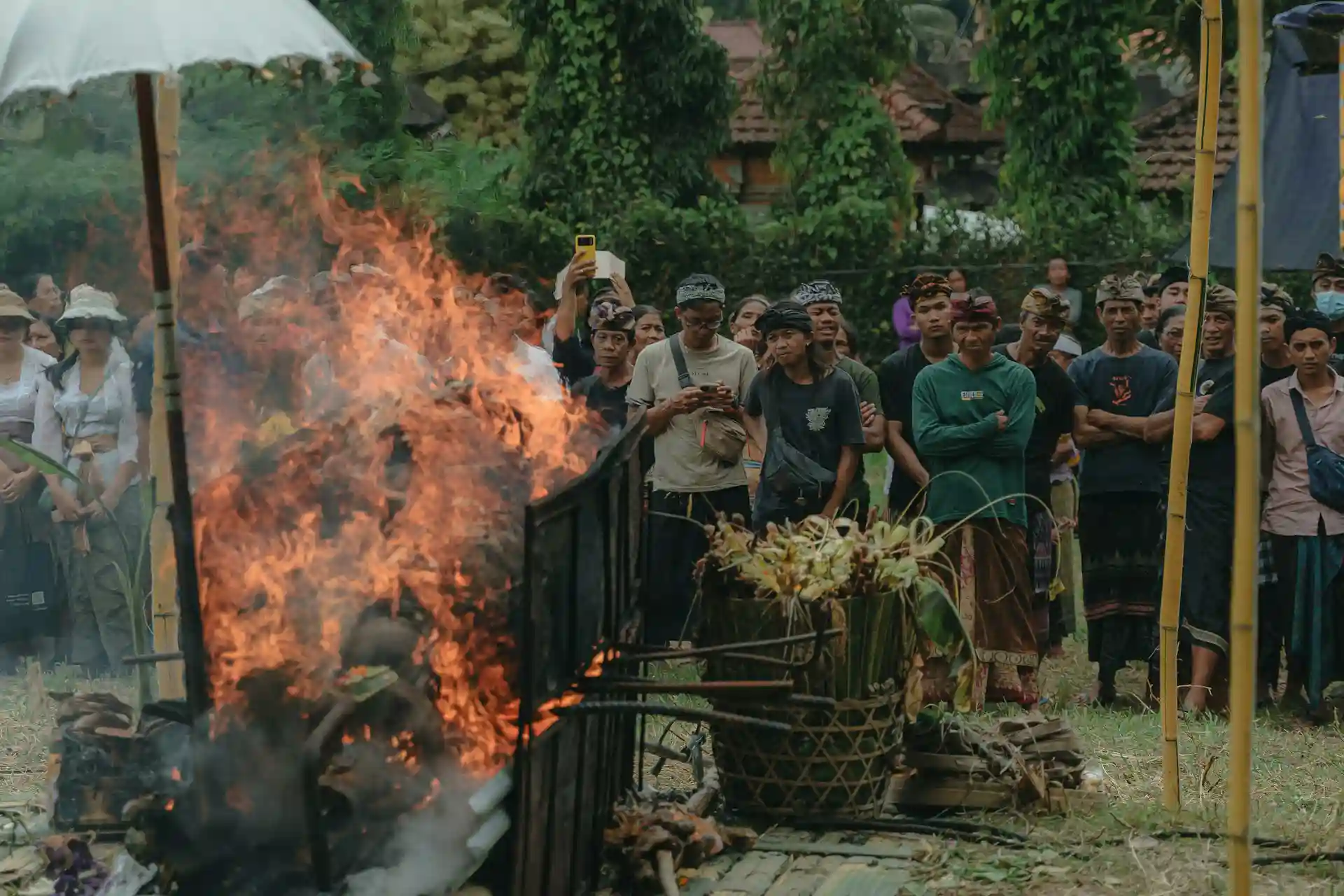
The spiritual foundation of Ngaben is deeply intertwined with the concepts of karma and reincarnation.
Death and rebirth in Balinese culture are not seen as an ending, but as a continuous cycle of purification and spiritual progression.
The actions (karma) of a person in their life determine their fate in the next.
The Ngaben ceremony is considered essential to smooth the soul's spiritual journey, guiding it towards a better future—be it rebirth or ultimate liberation.
Because of this profound spiritual significance, the timing of a Balinese funeral ceremony is flexible.
It can be held a few days after death or months, even years, later.
This delay often happens because a full Ngaben is a significant financial and logistical undertaking, and families often wait to perform it for several loved ones at once in a grand, collective ceremony.
The Ceremony Day
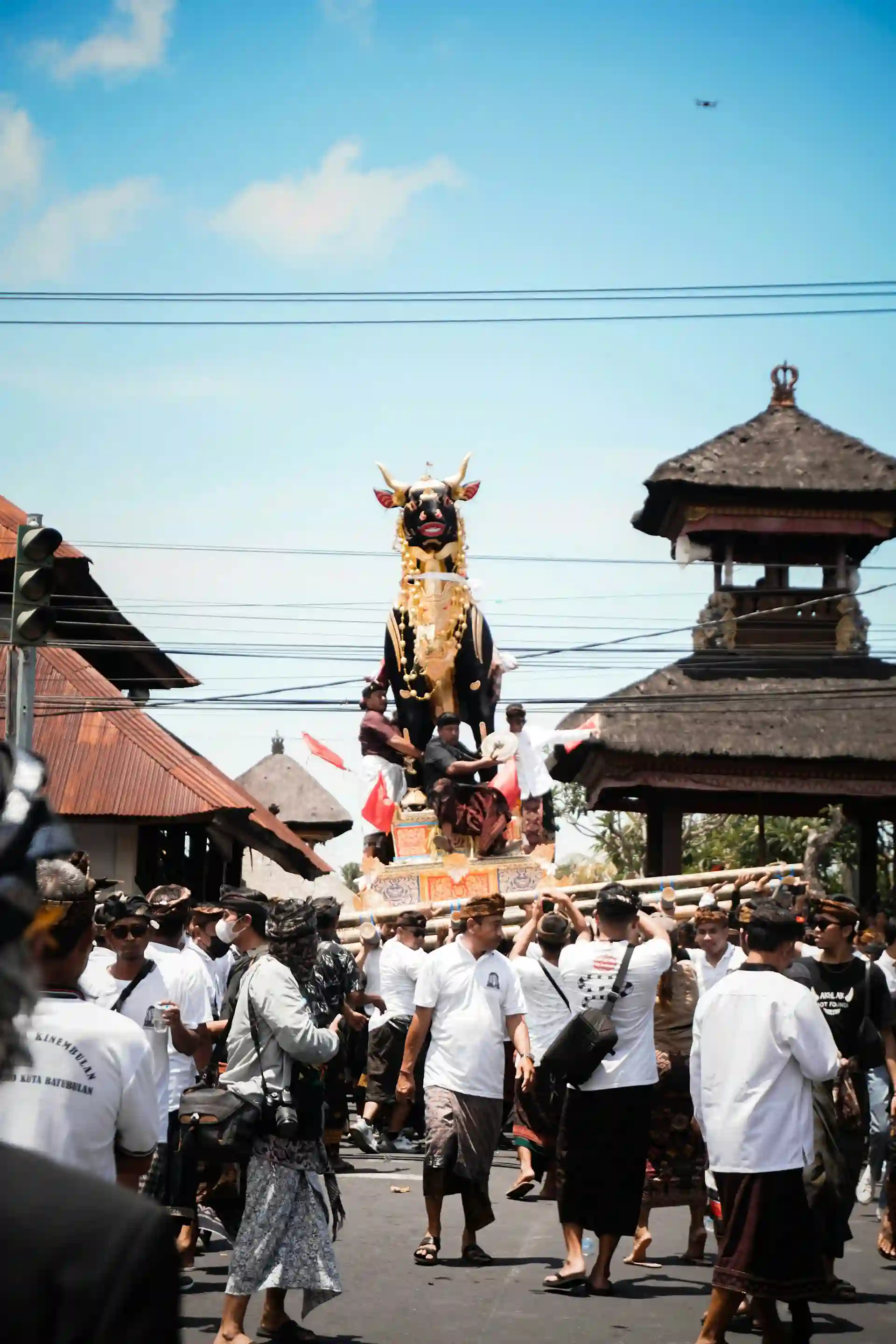
The day of a Ngaben ceremony is a remarkable display of community spirit, artistic expression, and deep faith. The preparations often begin long before the main event.
The Preparations
Families commission the construction of a cremation tower (Bade) and a cremation sarcophagus (patulangan), often shaped like a mystical animal such as a lembu (bull) or a lion.
These ornate structures are not just carriers; they are symbolic vessels for the soul's final journey.
The Bade can be a magnificent, towering structure, sometimes reaching several stories high, adorned with vibrant colors and intricate carvings.
The Procession
On the day of the ceremony, the deceased’s body is cleansed, dressed in traditional Balinese attire—often white fabric—and adorned with symbolic offerings.
The procession is a vibrant affair, filled with the rhythmic sounds of beleganjur gamelan music and the energetic chants of the community.
As the Balinese funeral procession moves through the village, the Bade or patulangan is often spun three times at intersections.
This tradition is believed to confuse any malevolent spirits that might try to intercept the soul's journey.
The Cremation
Once at the cremation ground, the body is placed within the sarcophagus.
As Balinese priests (Pemangku) chant prayers and offer blessings, the cremation fire is lit.
The flames consume the physical body, a symbolic act of returning it to its five basic elements: fire, water, air, earth, and ether.
The continuous music and prayers during this time help to guide the soul toward its ultimate destination.
The Final Rituals
After the cremation, typically about 12 days later, the family gathers the ashes.
In a final, symbolic act, the ashes are placed in a coconut shell and scattered in the sea or a nearby river, completing the soul's release and its return to nature.
Read Also:
What is Canang Sari, History, and Its Function
Bali Temple Etiquette: A Guide for Visitors
What is Melukat (Water Purification Ritual) in Bali?
How Much Does the Melukat Ceremony Cost?
How to Respectfully Witness a Ngaben
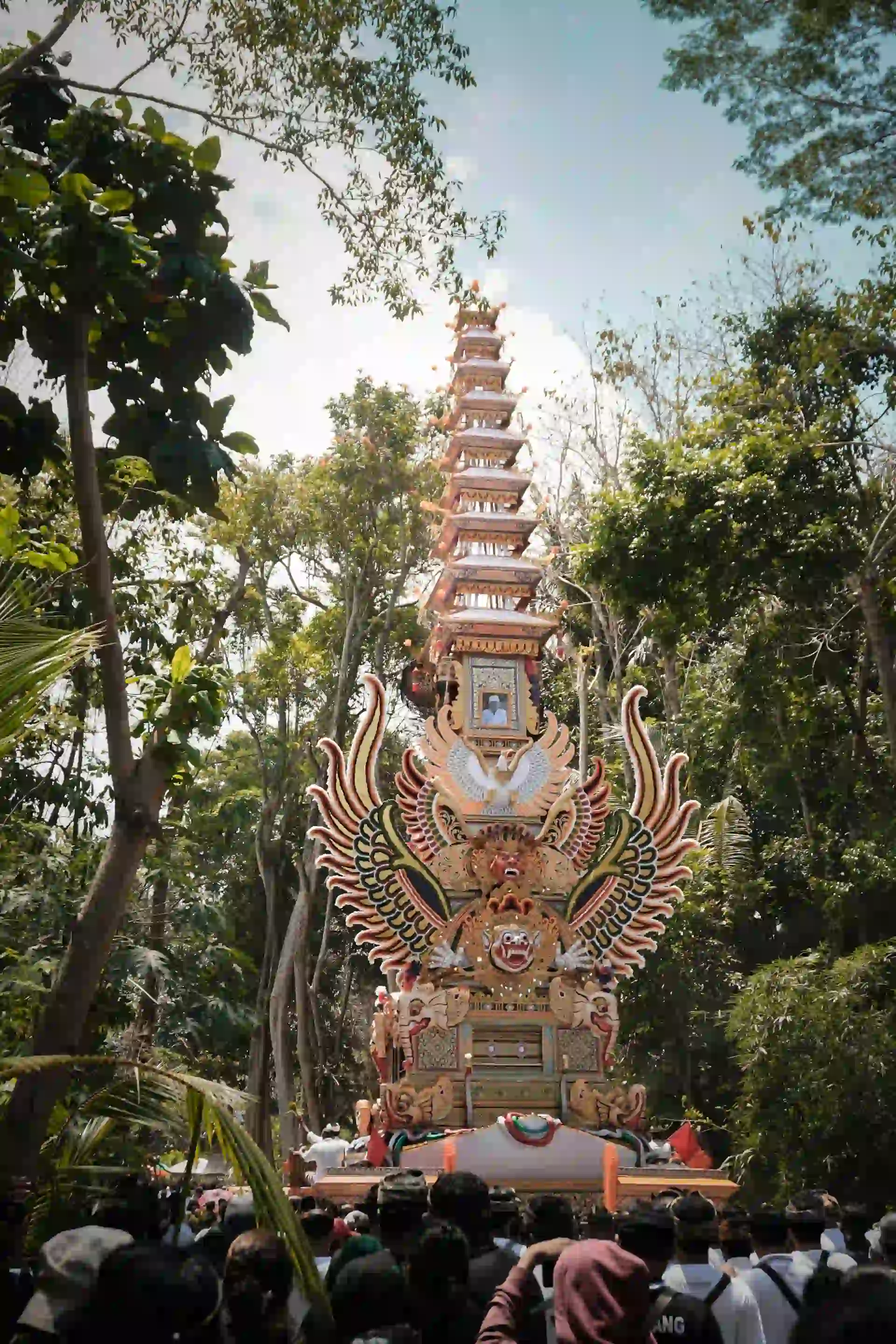
If you are a traveler in Bali and happen to come across a Ngaben ceremony, you are incredibly fortunate.
This is a rare glimpse into the heart of Hindu-Balinese traditions. However, remember that this is a sacred, somber event for the family. Approaching it with respect is essential.
1. Dress Appropriately
Dress modestly, covering your shoulders and knees. A sarong and a sash (kamen and saput) are highly recommended and can be rented or purchased cheaply.
Avoid flashy or casual attire like tank tops, shorts, or flip-flops. Wear neutral colors to show respect.
2. Maintain a Respectful Distance
Many ceremonies are private. If you're fortunate enough to see a public one, watch from a distance.
Do not interrupt the procession, get in the way of participants, or block traffic. Stay on the sidelines and be a quiet observer.
3. Ask for Permission to Take Photos
While it’s a beautiful spectacle, remember it's a sacred ritual, not a tourist show.
If you wish to take photos, always ask for permission first. Be discreet and avoid using flash or drones, as they can be highly disruptive.
Treat the Ngaben ceremony in Bali as a spiritual event, not a spectacle.
Avoid loud talking, laughing, or any behavior that might be considered disrespectful.
When in doubt, it is always better to be quiet and reserved than to act inappropriately.
Witnessing a Ngaben is just one of many unforgettable experiences Bali offers.
To explore the island and its hidden gems at your own pace, a scooter is the most convenient way to get around.
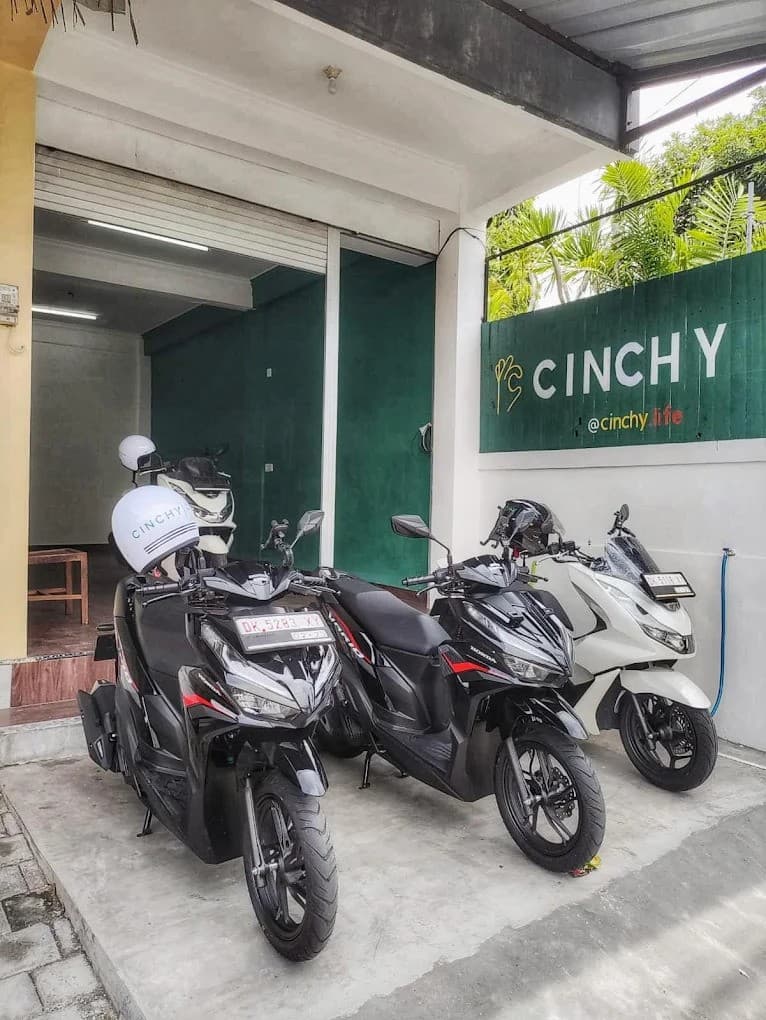
For a hassle-free experience, consider renting from Cinchy, a trusted scooter rental service in Bali.
All their scooters are in excellent condition and regularly serviced, ensuring your safety as you navigate Bali's roads.
Their process is simple and straightforward, requiring only a few documents like a valid ID (Passport or KTP), a valid driving license (International or SIM C), round-trip flight tickets, and hotel bookings.
Cinchy provides free motorbike delivery and pickup in major Southern Bali areas, 24/7 customer support, and essential freebies like a helmet, hair nets, phone holder, and raincoat to prepare you for Bali's unpredictable tropical showers.
Whether you’re heading to see the majestic rice terraces of Tegalalang or looking to explore local villages where you might stumble upon a Ngaben ceremony, a reliable scooter from Cinchy will make your journey smooth and enjoyable.
Don’t miss your spot, book a scooter from Cinchy by click the link below!

